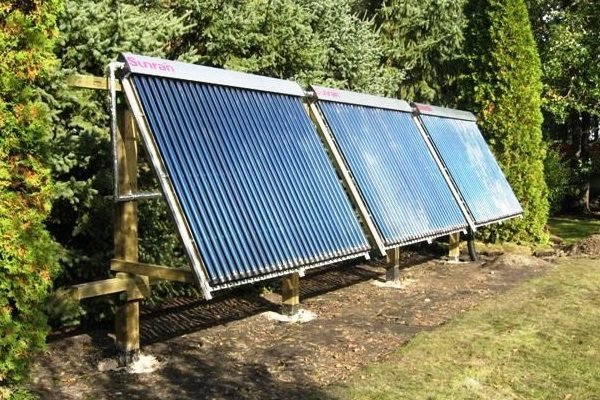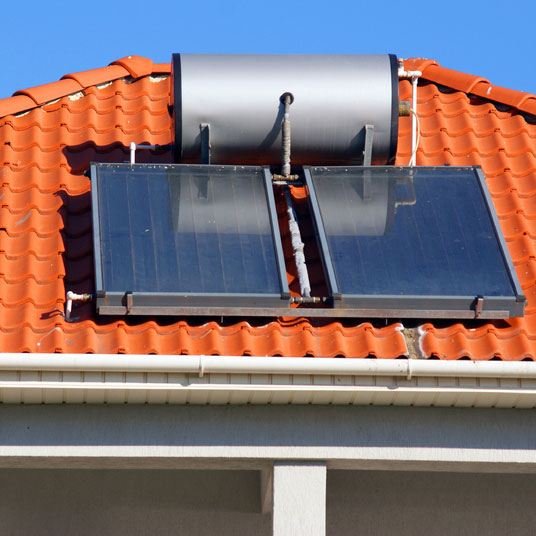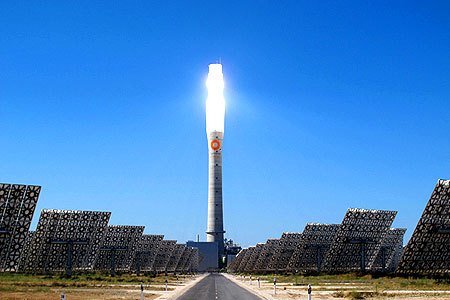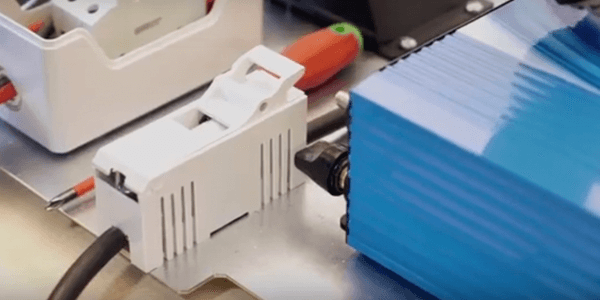
HOW TO CONECT SOLAR PANELS TO AN INVERTER
The electrical systems of solar panels generate electricity in direct current (DC, for its acronym in English) for storage in a battery and can also be used to run some applications in your home
If you want to satisfy all the electrical needs of your home through solar energy or if you want to sell the excess of alternative energy to your utility company, you will have to connect the system to an inverter and then to your electrical panel.
You already know first-hand the advantages of solar panels and now you want to delve a little deeper into all the components that are part of your photovoltaic installation, hence you do not miss even one of our novelties.
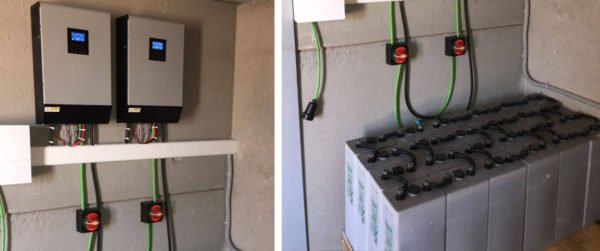
On this occasion, we want to talk to you about one of the great allies of your solar panels: investors . Still do not know how to connect your solar panels to an inverter ? Keep reading! We tell you everything you need to know.
What is an investor and what is it for?
The solar inverter is a device that is responsible for transforming the direct current (DC) generated by your solar installation into alternating current (AC) .
It is necessary in your photovoltaic installation because thanks to this transformation you can use the current of the solar panels directly in your home. Thus, through the inverter and the solar panels you can enjoy your own ecological energy, clean and without additional costs.
How to install the inverter with solar panels
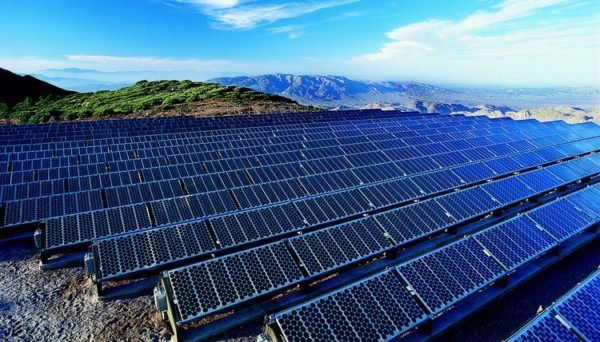
Installing inverters with solar panels is a simpler process than you imagine. Below, we present the steps to follow .
Recognize well each part of your electrical installation
The first thing you should do is check the electrical distribution circuits of your home . All must present a correct operation. Make sure all cables are connected correctly.
Do not you recognize them well? You will identify them by colors: those of yellow and green are those of earth, blue are neutral and black or brown are phase. In this recognition, remember to identify with precision the different circuits of your home, such as the lighting, the oven, the plugs …
Take care of the battery protections
The next step will be the installation of the protections . First, install the inverter on the wall. Place it in a dry place, away from everything that may cause an increase in the temperature of the inverter, such as the stove, the radiator …
Next, you will have to install a circuit breaker or a fuse in the positive line that connects the positive pole of the batteries with the inverter in order to protect the batteries.
Where to install the batteries
For everything to work properly, it does not only matter where you place the inverter. The location of the batteries is also relevant. The first thing you should keep in mind is the investor’s position with respect to batteries.
This must be at a higher height, without being above them, since this way you avoid damage by the vapors that can release the batteries. Place the batteries in ventilated and cool places , where they are not directly exposed to sunlight and the air is renewed, with temperatures below 25º C.
Install the batteries and the inverter in its location
Installing the batteries and the inverter is very simple. Fix the installation base of the inverter on the wall , with the help of screw screws and studs, without forgetting the protections or the general magnetothermic. Then, place the batteries on a flat and smooth surface or on special banks for batteries.
Establish the appropriate connections
With everything installed correctly on your site, the time has come to connect the inverter with the batteries. Once you have done this, connect the protections with the AC output line of your inverter and install 1 000 V DC fuses at the negative and positive poles, just before the inverter. You already have it? Now, establish the connection of the line of your solar panels .
In case you have an external regulator, connect it to the batteries and then connect the input of PV + and PV- and the panel line. If you have a charge controller, simply make the connection between the panel line and the PV + and PV- inputs.
Check that everything works as it should
Before ending the installation, it is important to see that everything works well . Test the bank of the batteries after placing the corresponding fuse and see that the voltage is what the inverter needs to operate.
Now check the panels, placing the fuses and seeing that the batteries charge and the panels work well with the help of a clamp meter. Finally, take care of the alternating line protections and note that both the light and appliances in your home work.
Have you any doubts about the connection of the solar panels and the inverter? Ask us!
Solar electricity for your home and for public services
1-Connect your solar panel to your storage battery.
The solar panel is your source of electrical energy. It will be connected to a charge controller first to regulate the speed of the electric current that is added to your battery.
The charge regulator is necessary to avoid an overload, a safety risk that can damage the battery. The DC electricity is carried out through the metal wire through the charge regulator of the battery.
2-Connect your battery to an inverter.
DC electricity must be converted into alternating current (AC) electricity, the electric current accepted by most devices and the national electricity grid.
The wiring will go from the battery to a circuit breaker and bypass, and then it will carry the DC electricity in the inverter.
The circuit and bypass switch allows the electrical current to break to prevent overload and damage, another way to regulate the flow of electricity in your system.
3-Connect your inverter to the AC fuse box in your house. The inverter uses a series of switches and transformers to convert the DC to AC current necessary to provide power to your outputs and to electronic devices and equipment.
The cables connected to your electrical panel are the last stop along the connections of the conductor cables.
The sun’s energy has become an electric current, more refined in a more malleable current and now energizes your electronic equipment, appliances and light bulbs.
4-Connect an AC generator to your inverter to supply additional power when solar energy is not enough.
Solar energy can be unpredictable and solar panels are only 15 percent efficient in converting solar energy into electric current. For these reasons, it is necessary to have a source of energy reserve to meet your energy needs.
5-Connect your electrical panel to a special service counter.
If by chance your solar panel is large enough and your house has limited the electrical requirements (that is, your house is energy efficient), you may be able to sell the excess electricity to your electric company.
Only the AC current is acceptable. To sell the electricity generated in your home, you need a special electrical meter that moves back and forth.
Any electricity you consume from the network will increase your kilowatt-hour usage, but any electricity you generate for the network decreases your usage and is credited to your bill.
Warning
All wiring must be done by a licensed electrical equipment contractor. All electrical components of the system, including solar panel modules and wiring, must be grounded.

